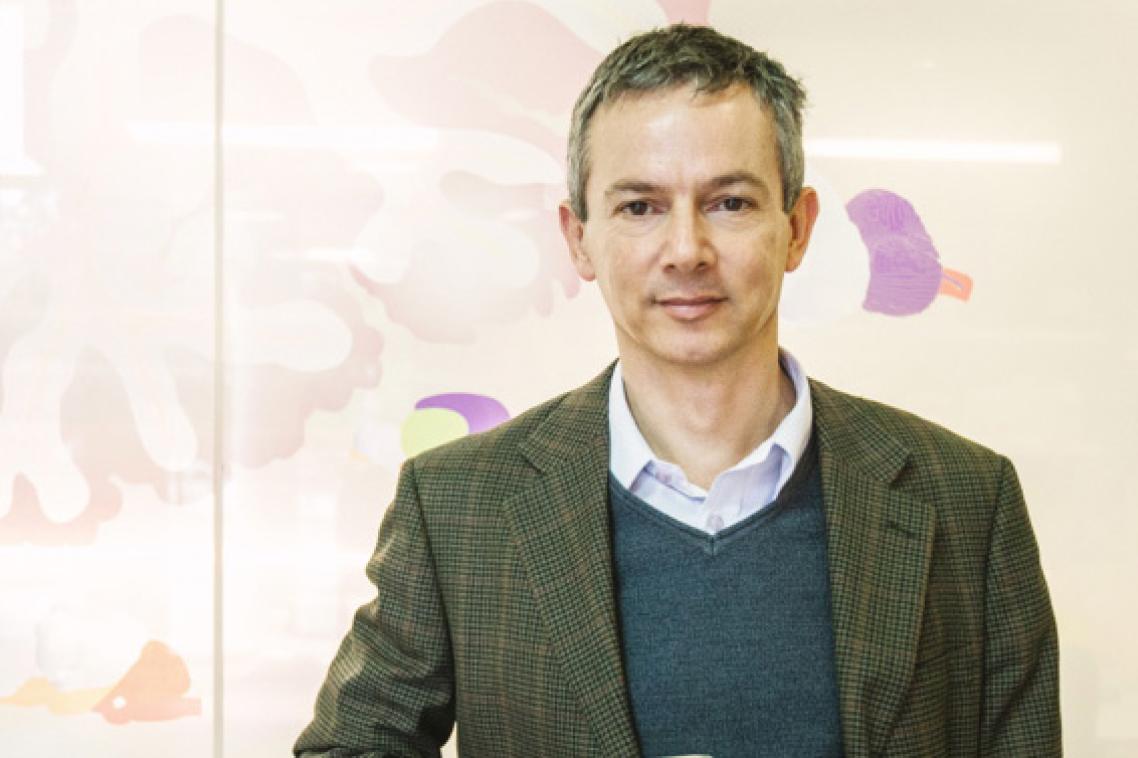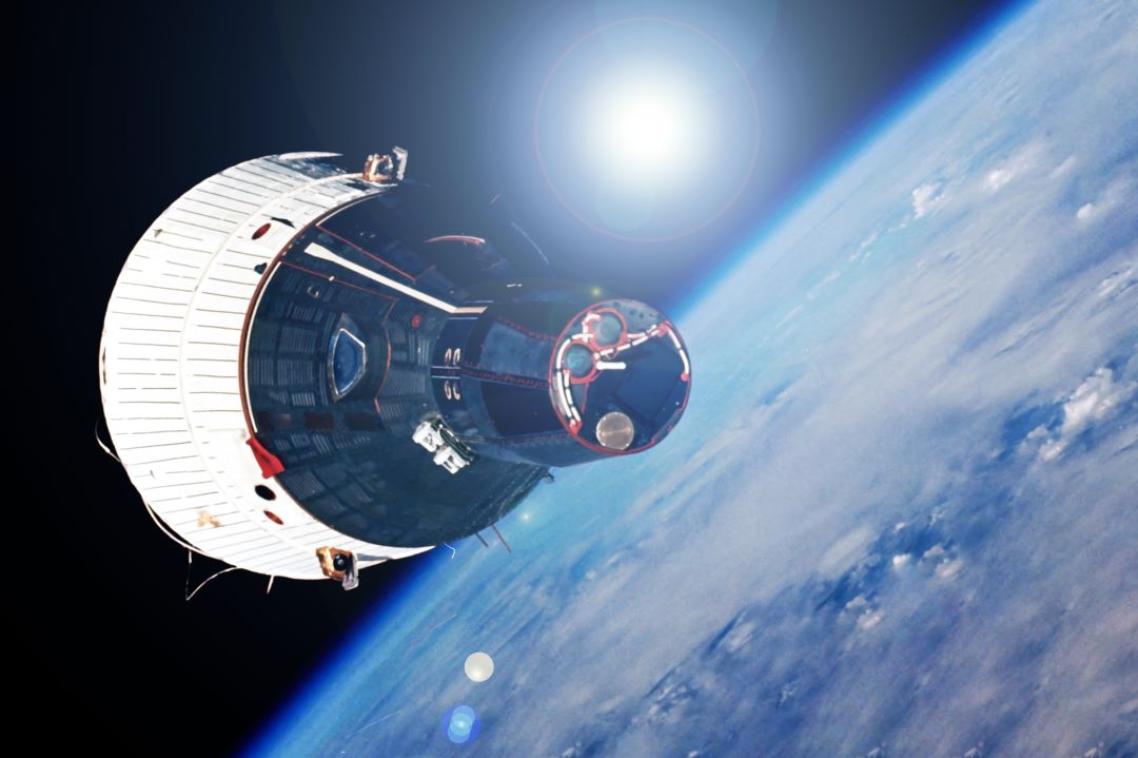Research helps identify memory molecules

A newly discovered method of identifying the creation of proteins in the body could lead to new insights into how learning and memories are impaired in Alzheimer’s disease.
Scientists at The University of Queensland have developed processes that use the amino acids generated by new proteins to identify proteins as they are created.
By tagging newly synthesised proteins, the researchers will be able to determine whether they are created in response to internal stimuli such as regular cellular activity, or external stimuli such as learning activities.
Study leader Professor Jürgen Götz, Director of the Clem Jones Centre for Ageing Dementia Research at the Queensland Brain Institute, said the insights could be vital in the battle against ageing dementia.
“What we have developed can be applied to many cellular processes, including what happens in neurodegeneration and dementia,” Professor Götz said.
“It is important to understand how learning and memory occurs, because with research like this we hope someday to be able to create treatments that halt or reverse degeneration and the ensuing functional impairment,” he said.
While it is believed that proteins play a key role in learning and memory formation because their composition changes during these processes, their exact function and identity remains a mystery.
Professor Götz said previously it had been impossible to determine the age of proteins in the body.
“With this new method we are now able to determine which proteins are created in these processes,” he said.
“A protein could have been newly created or 10 years old, and using conventional methods we were unable to determine its age.
“By creating a method of labelling new proteins as they are created in vivo – within the body – we are able to track those proteins, and this will give a valuable insight into understanding the role proteins play in learning and memory.”
UQ collaborated with the University of Sydney and Macquarie University on the study.
The method is published in the Nature Protocols paper and was used in a paper published in Cellular and Molecular Life Sciences.
Media: Darius Koreis, +61 7 3346 6353, d.koreis@uq.edu.au; Professor Jürgen Götz, +61 7 3346 6329, j.goetz@uq.edu.au.
Related articles

Thousands of Queensland reef photos lead to worldwide change

UQ to conduct world-first tests into effectiveness of magnetic heat shields for atmospheric re-entry of large spacecraft
Media contact
UQ Communications
communications@uq.edu.au
+61 429 056 139
